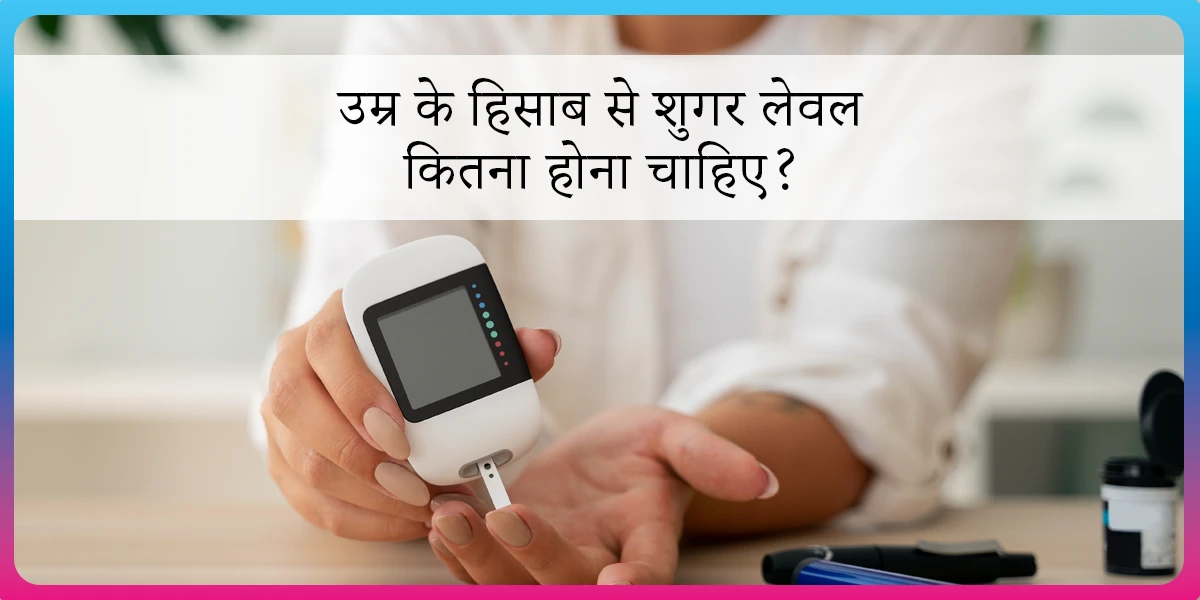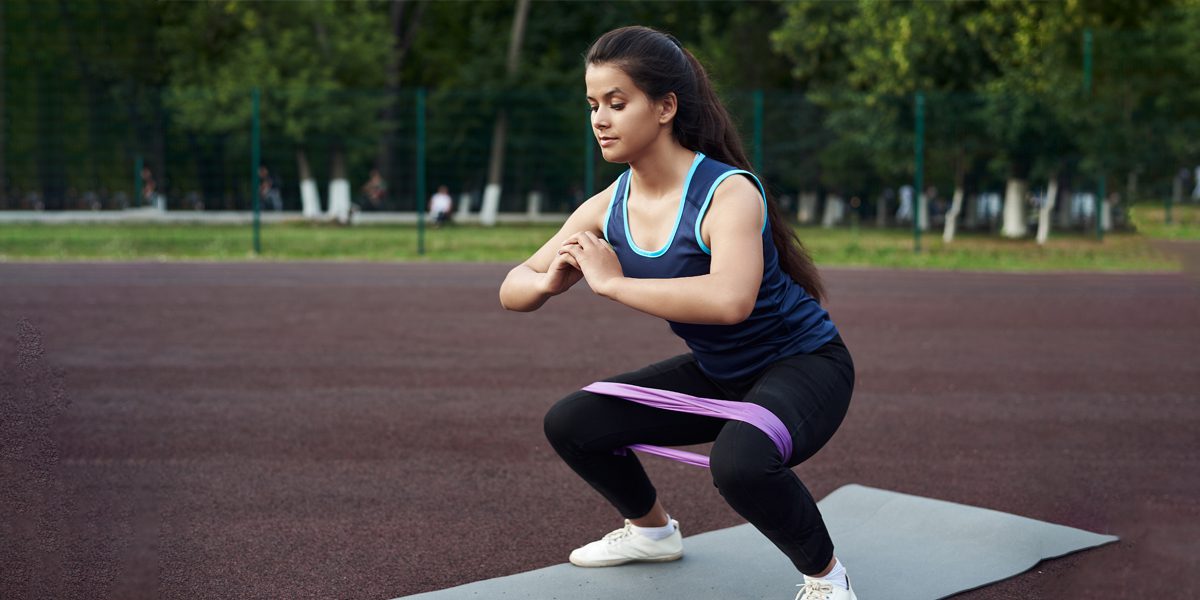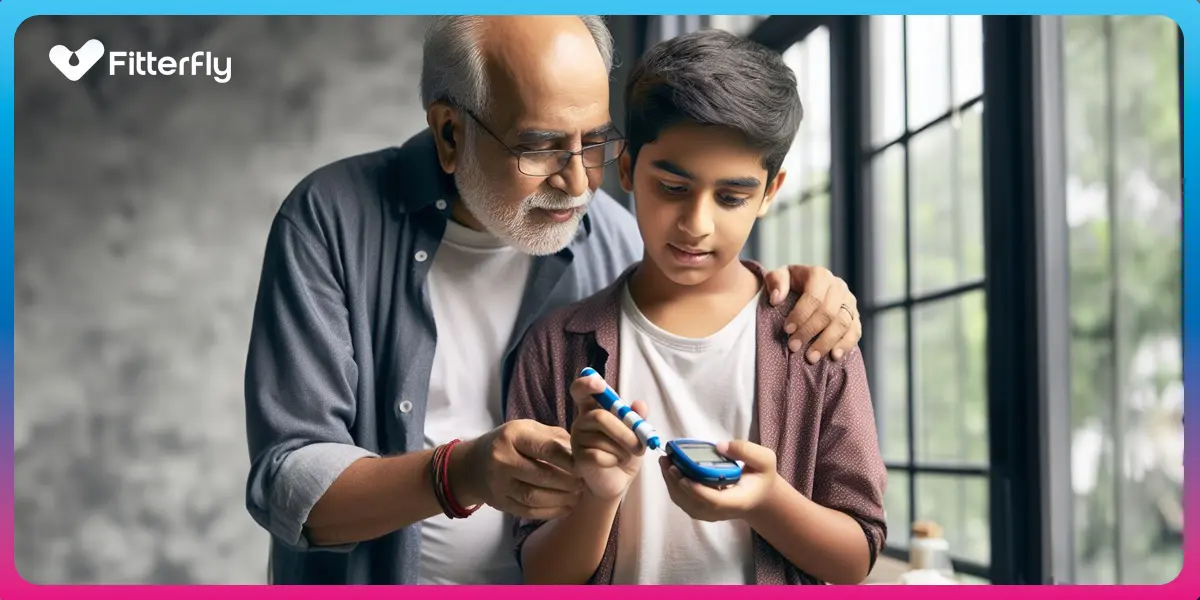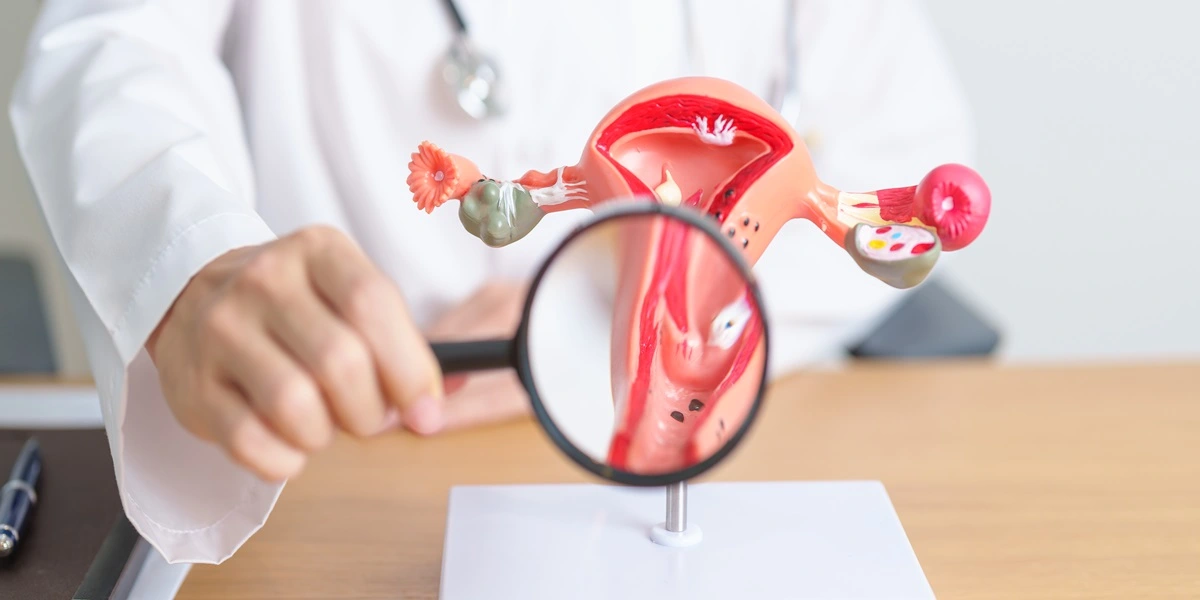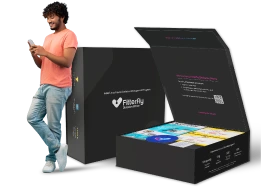Foods to Increase Haemoglobin(HB) in Diabetes

Haemoglobin is a protein found in red blood cells. Low haemoglobin levels lead to anaemia, making it difficult for the body to perform these functions.
Since there is no food to increase haemoglobin, the goal is to consume foods rich in iron and vitamin B12, eventually leading to a rise in haemoglobin levels.
There are several causes for low haemoglobin. However, two of the most common reasons for this include:
- Low dietary consumption of iron
- Low vitamin B12 intake
- A combination of both
It has been found that the Indian population is found to have low iron and vitamin B12 levels since people are primarily vegetarians. Vegetarian diets are poor sources of both iron and vitamin B12. People who consume meat tend to overcook it, which destroys the vitamin B12 in it.
Metformin, an anti-diabetic drug, reduces vitamin B12 levels. So, people taking this drug and not taking vitamin B12 supplements may also have low vitamin B12 levels, which may contribute to low haemoglobin levels.
Foods to Increase Haemoglobin in Diabetes
The daily recommended dietary allowance (RDA) of iron is:
1) Adults
- Men: 28 mg/d
- Women: 30 mg/d
- Pregnant women: 38 mg/d
- Lactating women: 30 mg/d
2) Adolescents (13 to 15 years)
- Boys: 41 mg/d
- Girls: 28 mg/d
Early detection of iron and vitamin B12 deficiency can help easily reverse the condition and reduce the chances of complications.
To know your chances of Diabetes reversal, take the Diabetes Reversal TestDiabetes Reversal
Calculator
Here are foods to increase iron.
Foods Rich in Iron
1) Leafy greens
Remember the popular cartoon character Popeye? Well, who doesn’t?
The lean man in a sailor’s uniform who gulped down a can of spinach to increase his strength. While most people equate spinach with rich iron sources, it isn’t as iron-packed as some other greens.
While leafy greens do not provide instant strength, they are popular for being one of the richest known sources of iron, especially for vegetarians.
Some leafy greens that are easily available and are known to be packed with iron are:
- Chauli leaves: 6.37 g iron per 100g
- Coriander: 5.3 g iron per 100 g
- Lal and Hirva math: 5.28 g iron per 100 g
- Beet greens: 5.8 g iron per 100 g
- Methi leaves: 5.69 g iron per 100 g
- Drumstick leaves: 4.56 g per 100 g
These leafy greens are easy to prepare and make very tasty and flavourful stir fries, they can be added to soups, salads or to various dal and gravy preparations.
2) Lentils
Lentils are an excellent food group for people with diabetes to include in their diets. They are rich in iron, protein, fibre, several B vitamins, potassium and magnesium.
Eating lentils like various dals, kala chana, masur, moong, rajma, etc., are safe and healthy for people with diabetes and also helps increase haemoglobin levels.
Along with iron, these lentils are rich in protein.
You can include lentils in preparing dals, sabzis, curries and even soups for a wholesome meal.
3) Non-vegetarian food
Non-vegetarian food options are one of the best sources of iron. Of these foods, red meat options are rich in iron.
If you enjoy eating meat, you can also include organ meat like the liver or kidney to increase your iron content. Organ meats are also rich sources of fats and cholesterol.
Besides iron, animal meat is also a rich source of fibre and vitamin B12. Seafood contains smaller amounts of iron but contains other healthy nutrients like omega-3 fatty acids.
4) Tofu
Tofu is prepared by coagulating soybean milk and is an excellent protein alternative for vegans and those intolerant to milk products. Soya and its products, including tofu, are rich in protein, calcium and iron. This makes tofu a great option for people with diabetes who want to improve their haemoglobin levels.
Like paneer, tofu can be consumed by grilling, adding to stir-fries or gravies.
5) Amaranth (Rajgeera)
Amaranth, or Kuttu, is a traditional whole grain used in India since ancient times. Besides being a whole grain rich in fibre, amaranth is also rich in protein. These nutrients make this grain a great addition to anti-diabetes diets, especially for people with low haemoglobin.
Other grains that contain a good quantity of iron are oats and quinoa.
6) Fruits
A few fruits that can help increase their haemoglobin levels are:
- Figs
- Prunes
- Dried peaches
- Dried apricots
- Dates
It is important to consult a nutritionist before consuming fruits to increase your haemoglobin levels as it prevents you from making wrong dietary choices for your health.
7) Seeds (Aleev or garden cress)
Garden cress seeds (aleev seeds) are extremely healthy and rich in iron. They contain 6.19 g of iron per 100 g.
These seeds can be used to prepare healthy laddoos, in kheers prepared without adding sugar or just consumed after soaking it overnight to increase haemoglobin levels.
Foods Rich in Vitamin B12
Non-vegetarian foods are the only sources of vitamin B12. Due to this, vegetarians are usually found to be deficient in the nutrient. So, speak to your healthcare provider for the right supplements to boost your vitamin B12 levels.
FitterTake
People with prediabetes and diabetes are cautious about what they eat. It is natural to panic when diagnosed with low haemoglobin or iron reserves with pre-existing diabetes.
However, increasing your haemoglobin levels is easy with simple dietary changes. While there are no haemoglobin-rich foods, the goal is to increase the consumption of iron-rich foods to help increase this blood protein.
You can seek support from our expert nutritionists at Fitterfly, who will get to the root cause of your low haemoglobin and suggest a holistic plan to help you manage it.
Sign up for Fitterfly’s Diabetes Care Program to comprehensively manage your blood sugar levels and bring your diabetes under control with an expert-led team comprising nutritionists, diabetologists, and fitness and success coaches.
Need assistance? We are here for you! Speak to us right away!
Reduced HbA1c by HALF in 6 months


6.6%
Happy members
EMI
Guarantee
4.8/5
Diabetes Prime Program
This blog provides general information for educational and informational purposes only and shouldn't be seen as professional advice.











